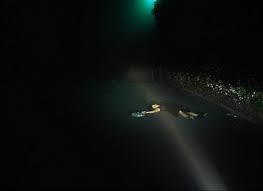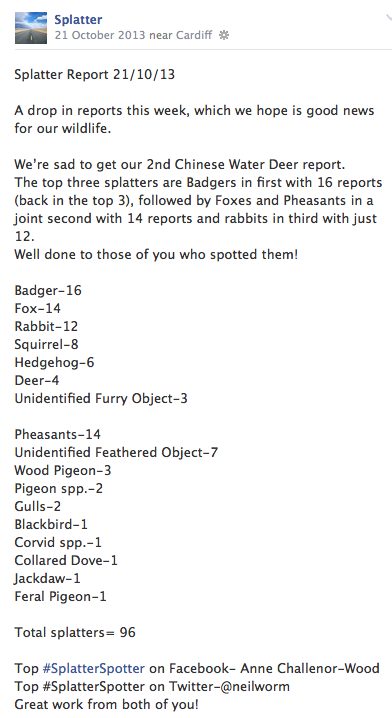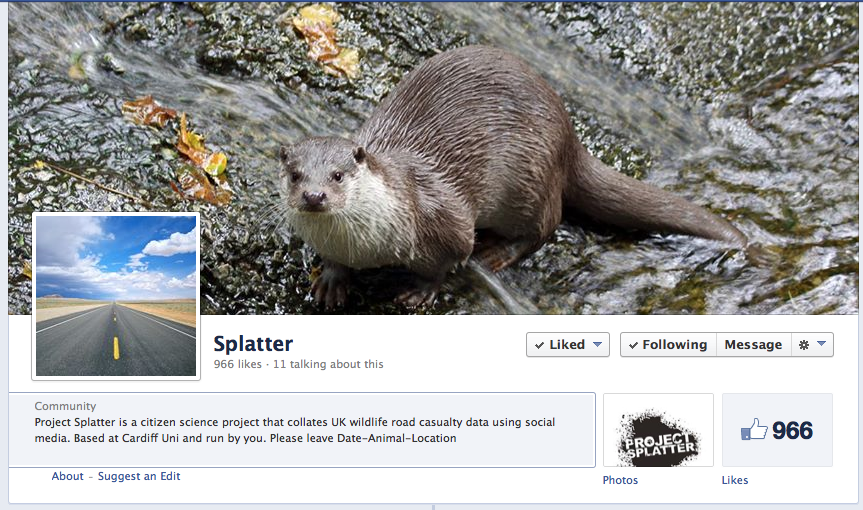the images them selves are very soft focus well what i mean is they are soft no harsh flash or light i like like that it makes the landscapes more interesting espeshaly with the dark edges of some of the images it adds depth to the image channelling the eyes though the middle of the forest.
the idea of poems and image together was something I had not thought about before it would need to enhance the meaning of the images rather than conflict with them. it would also work well with in a book format which is my first idea.
The fairyland calls upon us,
Among the trees that stand still
Only to be viewed as symbols.
At a place where everything and anything is possible to be seen
A miracle raised from a dazzling light
Peeping through the amorphous leaves.
Inside a mysterious gloom where no decoding is expected
In this land,
In this fairyland
Far beyond the bitter logic of time,
Far beyond our unchosen land of birth,
Far beyond the past grieves and future anxieties,
Safe from the games that life ceaselessly plays upon us,
Every minute, every second…
A reflection of our childhood stories
A return to them
No! Not the hapless ones
Not those that drown us in pain…
We then gladly enter the gate of this fairyland.
If only our feet is not too glued to this earth.
We will then either be puzzled, gazing and waiting for a magic that has long been expected…
Or sleep in the meadows
A step toward eternal peace,
An eternal rest.
Mehrdad Naraghi





 RSS Feed
RSS Feed
